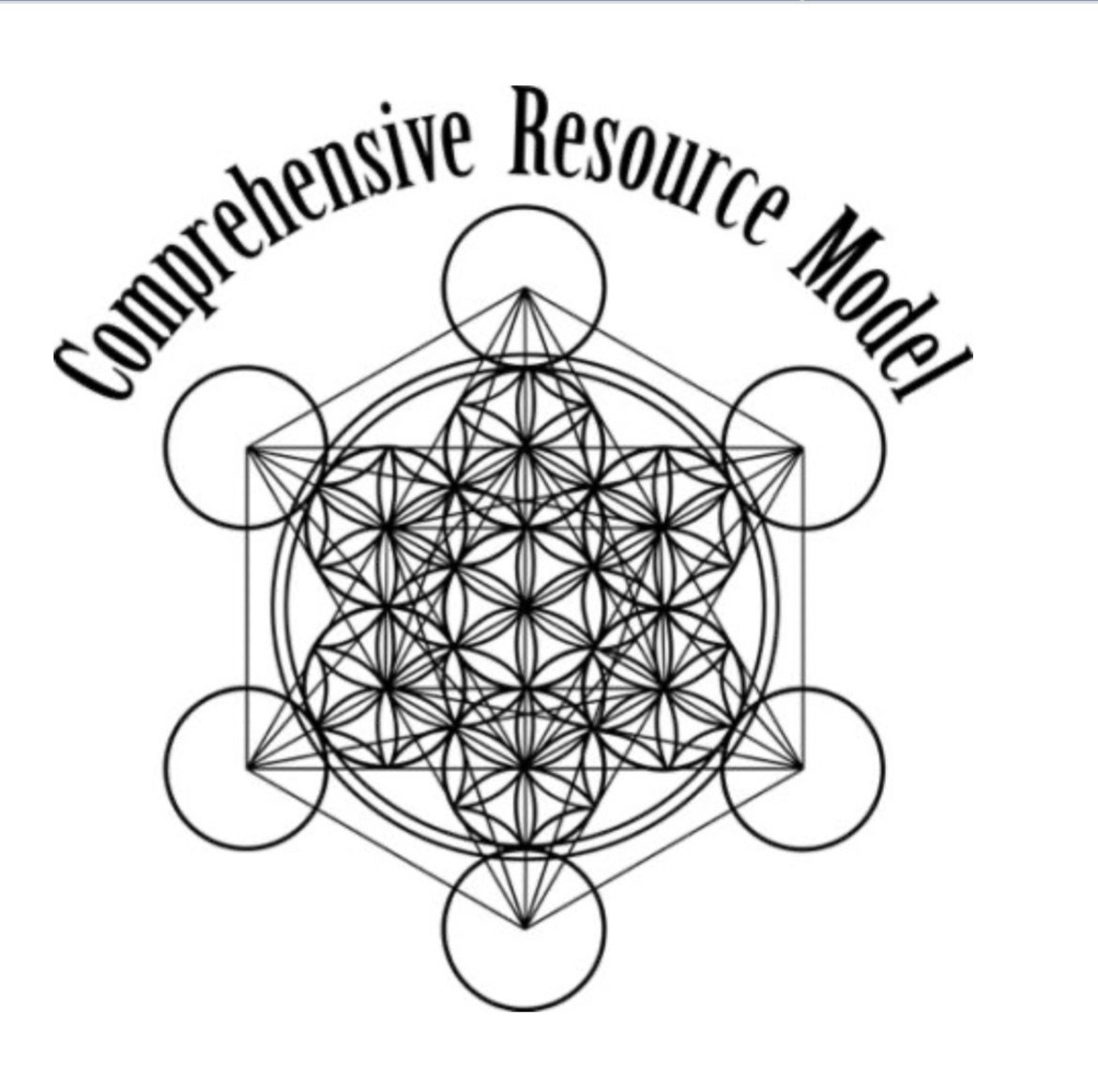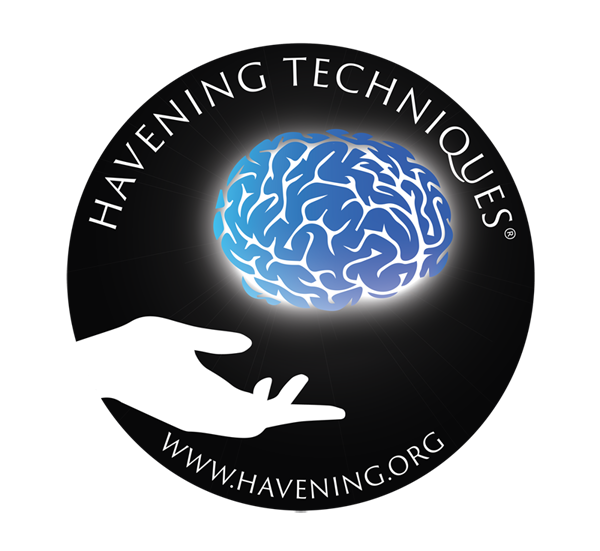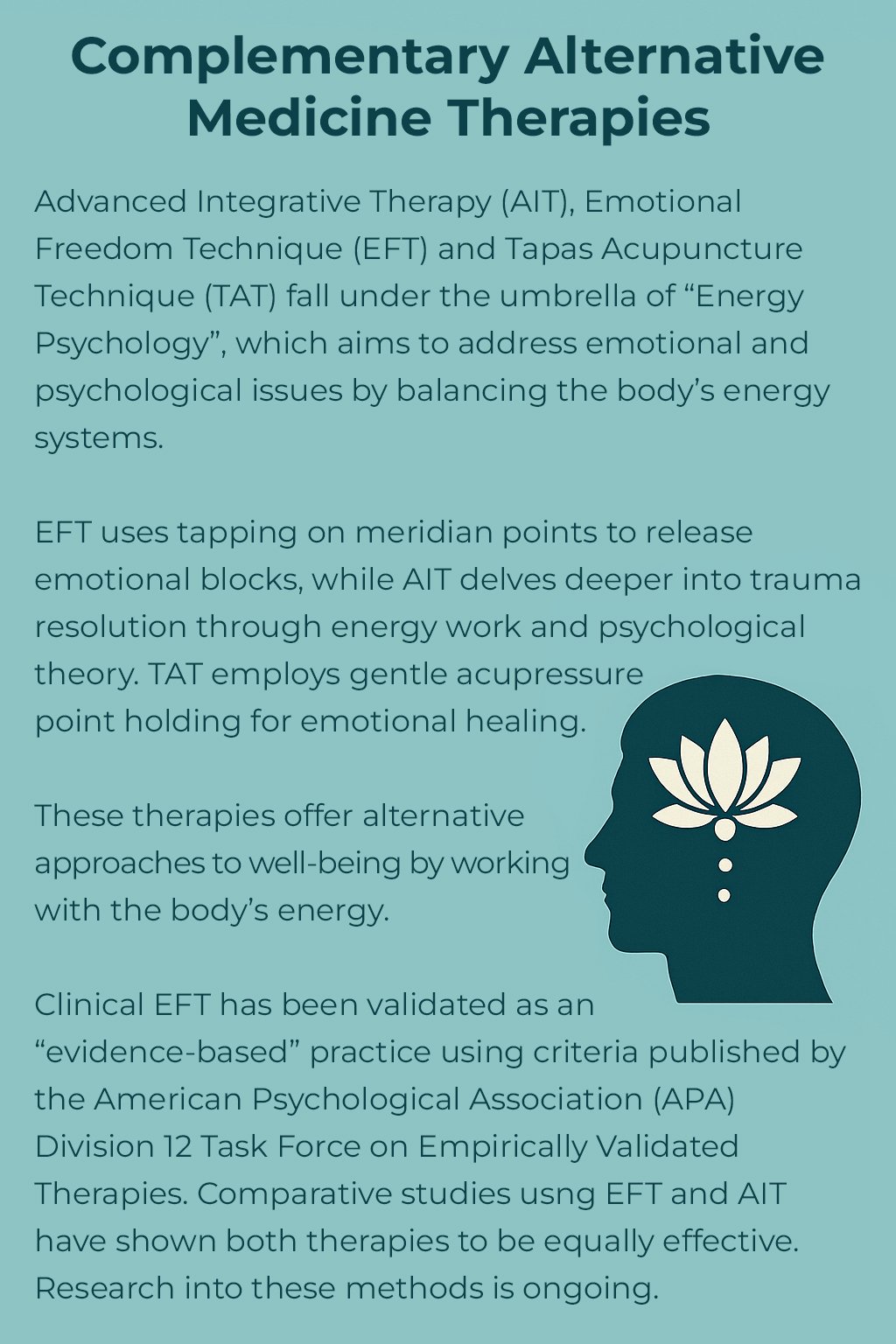Treatment Modalities
Accelerated Resolution Therapy (ART)
Accelerated Resolution Therapy (ART) was developed by Laney Rosenzweig LMFT in 2008. It is a unique approach to psychotherapy in which clients are guided to replace negative images with positive ones of their choice while simultaneously processing trapped body sensations and feelings. It combines well-established therapies like Gestalt, Psychodynamic Therapy and Guided Imagery with the enormous power of eye movements to spur voluntary changes in the brain. Once this is done clients are no longer triggered and intrusive thoughts, feelings and nightmares stop.
A unique aspect of ART is that clients do not have to provide details of their trauma to the therapist which makes the work much easier. The client is fully in control of the process and the ART therapist is a helpful guide. ART sessions work quickly, and clients often feel better within one session. Sessions are calming and very often joyful for both the client and the therapist.
ART has shown to be effective for the following issues: PTSD, OCD, Eating Disorders, Anxiety, Depression, Pain, Grief, and residual symptoms from stroke. ART clears the traumas associated with Dyslexia and has shown to improve reading in some cases!
The Society of Clinical Psychology, Div. 12 of the American Psychological Association (APA) recognizes ART as an evidenced-based treatment. There is a growing body of research that confirms the effectiveness of ART, and more studies are currently underway including the Mayo Clinic’s quantitative study to evaluate ART’s effectiveness in treating cancer-related distress and psychological trauma. Information on publications and research can be found by clicking the followinglink:
Laney Rosenzweig describes Accelerated Resolution Therapy:

Dr. David Grand explains BrainSpotting
Brainspotting
BrainSpotting is a therapeutic technique developed by Dr. David Grand in 2003. It is used to help individuals process trauma, emotional distress, and other psychological challenges by accessing and resolving the root causes of these issues stored in the brain and body. It is often considered an extension or evolution of Eye Movement Desensitization and Reprocessing (EMDR), although it has its own unique approach.
It is based on the core principle that where you look can influence how you feel. The therapist guides the client to find specific eye positions that correspond to areas of emotional or physical stress. These “brainspots” are locations in the visual field that can link to unprocessed trauma or negative emotions. Brainspotting recognizes that trauma is often stored in the body and can influence emotional and physical responses. By focussing on certain eye positions that correspond to certain memories and emotions, the body and mind naturally process these stored experiences leading to a sense of relief and resolution. The brain is believed to integrate the newly processed information, allowing the individual to move forward in a healthier and more adaptive way.
Brainspotting is used for Trauma (PTSD, developmental trauma), Anxiety, Depression, Stress-related disorders, Performance enhancement (e.g., athletes, artists), Addictions, and grief and loss.
Comprehensive Resource Model (CRM)
CRM is a neuro-biologically based trauma treatment model which facilitates targeting of traumatic experiences by bridging the most primitive aspects of the person and their brain, to their purest, healthiest part of the self.
This bridge catalyzes the mind and body to access all forms of emotional trauma and stress by utilizing layers of internal resources such as attachment neurobiology, breathwork skills, somatic resources, ancient healing practices, connection to the natural world, toning and sacred geometry, and one’s relationship with self, our intuition, and higher consciousness.
The sequencing and combination of these resources, and the eye positions that anchor them, provide the opportunity for fear responses to be cleared thoroughly while the client is fully aware and present moment to moment. CRM allows individuals to effectively orient fully towards the most frightening material, uniquely accessing and clearing the origin of the split second moments of intolerable threat and/or affect that result in defense responses which lead to life-interfering symptoms, addictions, and disconnection from self and others.
The potential for clearing neurobiological debris from the nervous system clears the way for positive neuro-plasticity and personal expansion whether that is seen as spiritual or otherwise, and which is separate from one’s history of pain and woundedness.
CRM is a stand-alone trauma therapy. Additionally, it can be used to heal generational/epigenetic trauma; as well as address spiritual issues and past-life events and trauma.
Introduction to CRM Resources – Connect with Source Energy:


EMDR
Eye Movement Desensitization and Reprocessing (EMDR) is an eight-phase, integrative psychotherapy approach developed by Dr. Francine Shapiro in the late 1980’s. It uses bilateral stimulation such as guided eye movements, tapping or auditory tones to reprocess stuck traumatic memories to adaptive resolution: The emotional charge is reduced, and the memory reconnects and integrates naturally to healthy networks.
EMDR is the first and most prominent treatment explicitly based on the Adaptive Information Processing (AIP) model. According to this model, unprocessed traumatic memories remain stuck within neural networks. This isolation prevents integration with more adaptive information, and results in the aftermath of symptoms related to trauma. The AIP model underscores the brain’s capacity for self-healing and EMDR facilitates this innate potential, enabling the integration of maladaptively stored memories into the broader memory network and reducing their negative impact. EMDR functioned as a springboard for the development of other modalities that incorporate bilateral stimulation. Along with these newer treatments, EMDR now falls under the “AIP umbrella”.
EMDR has been extensively researched and endorsed by the WHO (World Health Organization) as an effective treatment for trauma. EMDR has helped millions of people of all ages overcome psychological stress as new protocols have been developed to treat a wide range of issues such as anxiety disorders, depression, addictions, eating disorders, somatic symptoms and dissociation to name a few.
Dr. Francine Shapiro defines trauma.
psychwire.com › francine-shapiro-defining-traumaDefining Trauma – Psychwire
Havening
Havening is a psychosensory therapy designed to help individuals process and reduce distressing emotions, trauma and anxiety. Havening was developed by Dr. Ronald Ruden, a Harvard-trained medical doctor and researcher specializing in neuroscience and emotional trauma. It is based on the idea that certain touch-based techniques, combined with specific cognitive and emotional exercises, can “de-link” traumatic memories from the brain’s emotional response system. The therapy involves gentle stroking of the arms, face, and hands, which creates a felt sense of safety and relaxation. At the same time, the individual engages in cognitive distractions such as eye movements, humming or counting to shift focus away from distressing memories.
Havening works by altering the way the traumatic experiences are stored in the amygdala, reducing their emotional intensity over time. It can be practiced both as a self-soothing technique and with a trained practitioner for deeper processing. This modality has been used to address PTSD, phobias, anxiety, depression, chronic pain, and emotional distress. Often compared to therapies like EMDR and EFT (tapping), Havening is considered a gentle yet effective method for emotional healing.
Dr. Robin Youngson describes how Havening Works:

Internal Family Systems ( IFS )
Internal Family Systems (IFS) therapy is an integrative psychotherapy approach developed by Dr. Richard C. Schwartz in the 1980’s It conceptualizes the mind as comprising multiple sub-personalities or “parts”, each with distinct roles, along with a core “Self” that embodies qualities like compassion, confidence, and curiosity.
Parts fall into three categories: Exiles, Managers, and Firefighters. Exiles carry the burdens of trauma, pain, or shame; often supressed to protect from overwhelming emotions. Managers are proactive protectors that control daily life and use defenses to protect against this pain. Firefighters are reactive protectors that appear when pain from the Exiles break through; often leading to impulsive behaviours to distract from or numb the discomfort.
The goal of IFS is to access the Self to understand and heal these parts, fostering internal harmony. By acknowledging the positive intentions behind each part’s actions, IFS promotes self-compassion and transformation without pathologizing any aspect of the psyche. Treatment length is tailored to each person’s unique process and is beneficial for those with complex childhood trauma.
Complementary Alternative
Medicine Therapies

Advanced Integrative Therapy (AIT), Emotional Freedom Technique (EFT) and Tapas Acupuncture Technique (TAT) fall under the umbrella of “Energy Psychology”, which aims to address emotional and psychological issues by balancing the body’s energy systems. EFT uses tapping on meridian points to release emotional blocks, while AIT delves deeper into trauma resolution through energy work and psychological theory. TAT employs gentle acupressure point holding for emotional healing. These therapies offer alternative approaches to well-being by working with the body’s energy.
Clinical EFT has been validated as an “evidence-based” practice using criteria published by the American Psychological Association (APA) Division 12 Task Force on Empirically Validated Therapies. Comparative studies using EFT and AIT have shown both therapies to be equally effective. Research into these methods is ongoing.
“ The privilege of a lifetime is to become who you truly are. ”
Carl Jung
“ The wound is the place where the light enters you.”
Rumi
“ Trauma is not what happens to you, but what happens inside of you as a result of what happens to you.”
Gabor Maté
“ Out of suffering have emerged the strongest souls; the most massive characters are seared with scars.”
Kahlil Gibran
“No man can reveal to you aught but that which already lies half asleep in the dawning of your knowledge.”
Kahlil Gibran
“ True healing occurs we remember who we are.“True healing occurs we remember who we are.”
Unknown

Office
Rea’s practice is in the vibrant community of Lower Mount Royal, with abundant free and paid parking available. Her office has step-free access and is easily reached by transit. In-person appointments are offered, with secure virtual sessions available for those who prefer or require this option.

